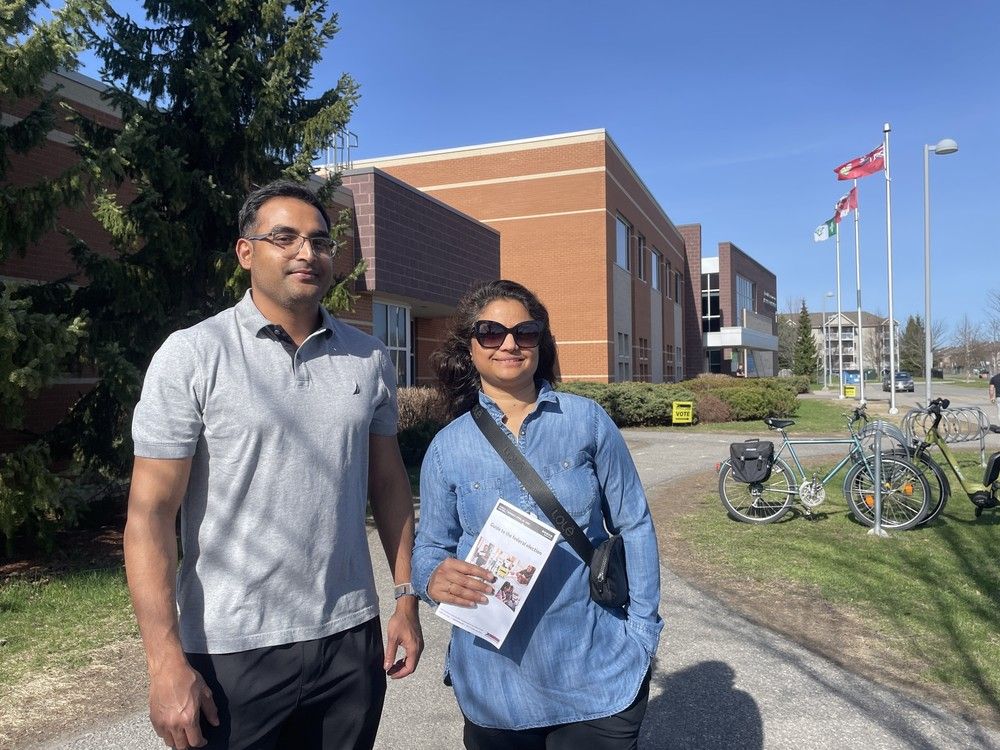The Urban Daily Featured Video
CLOSE
April 29 marks the birthday of jazz pioneer and Harlem Renaissance icon, Edward Kennedy “Duke” Ellington. Born in Washington, D.C., in 1899, Ellington turned his passion for music into a remarkable career as a band leader, a composer and as the revered pioneer of big band jazz.
Born in a middle-class neighborhood of D.C., Ellington was surrounded by music from an early age, according to Biography. Raised by musically gifted parents, it wasn’t long before young Ellington found himself drawn to the piano. At just 7 years old, he began playing, and it was his polished manners and regal air that earned him the nickname “Duke.”
Ellington’s early approach to learning piano was anything but conventional. According to the Kennedy Center, he famously taught himself to play James P. Johnson’s complex Carolina Shout by slowing down a player piano roll and memorizing each keystroke by placing his fingers on the moving keys. At 15, inspiration struck while working as a soda jerk, leading to his first composition, “Soda Fountain Rag.”
Though he was offered an art scholarship to the prestigious Pratt Institute in Brooklyn, his passion for music pulled him toward the vibrant world of ragtime. By 17, he was performing professionally.
Ellington and The Harlem Renaissance.

The early 20th century was a time of massive cultural change. As African Americans fled the harsh realities of the Jim Crow South, many settled in urban centers like Harlem, giving rise to a cultural renaissance that celebrated Black art, music, and identity. The Harlem Renaissance became a breeding ground for talent and creativity, and Ellington was right at its center.
In 1927, Ellington began a historic residency at the Cotton Club, a legendary Harlem nightclub. With the emergence of radio and 78rpm records, his performances quickly reached national and international audiences. It was during this era that Ellington and his band recorded a string of groundbreaking tracks that would become jazz standards including timeless songs like “East St. Louis Toodle-O” (1927), “Mood Indigo” (1930) and “Sophisticated Lady” (1932) among other outstanding compositions.
Ellington’s fame extended beyond the stage and the recording studio.

The jazz icon’s talent extended far beyond Harlem. Ellington made his silver screen debut in the 1929 short film Black and Tan, followed by the feature Check and Double Check in 1930. Yet, despite his mainstream success, Ellington remained committed to artistry over categorization. He famously said the highest praise was to be considered “beyond category.”
While many jazz musicians shifted toward smaller ensembles in the 1940s, Ellington doubled down on the big band sound, continuing to lead a full jazz orchestra filled with elite, hand-picked musicians. He financed this effort largely through royalties from his hit singles.
A pivotal moment came in 1938 when Ellington met pianist and composer Billy Strayhorn. Their partnership would last more than three decades and yield some of Ellington’s most iconic works, according to The Kennedy Center. Strayhorn contributed to classics such as “Johnny Come Lately” (1942), “Rain Check” (1942), and “Lush Life” (1948). Their signature piece, “Take the ‘A’ Train” (1939), was born from Strayhorn’s subway directions to Ellington’s home in Harlem, But Ellington’s success did not stop there.
In 1943, he debuted his first long-form orchestral suite, “Black, Brown And Beige”, a bold and sweeping work that reflected African American history. Over the years, he would continue to explore extended compositions while redefining what a jazz orchestra could be until his untimely death on May 24, 1974.
More than just a bandleader or composer, Ellington was an architect of modern American music, an artist whose vision and voice still resonate decades later. For the musician, creating music wasn’t just for entertainment. It was a way for him to open up doors for other African American artists that were equally eager to leave their mark on the world.
“I am putting all I have learned into it in the hope that I shall have achieved something really worthwhile in the literature of music, and that an authentic record of my race written by a member of it shall be placed on record,” Ellington said.
SEE ALSO:
5 Race Riots In America That You Were Never Taught In School
‘Sinners’ Shines History On Chinese Immigrants Living In Mississippi
Duke Ellington And The Harlem Renaissance
was originally published on
newsone.com



